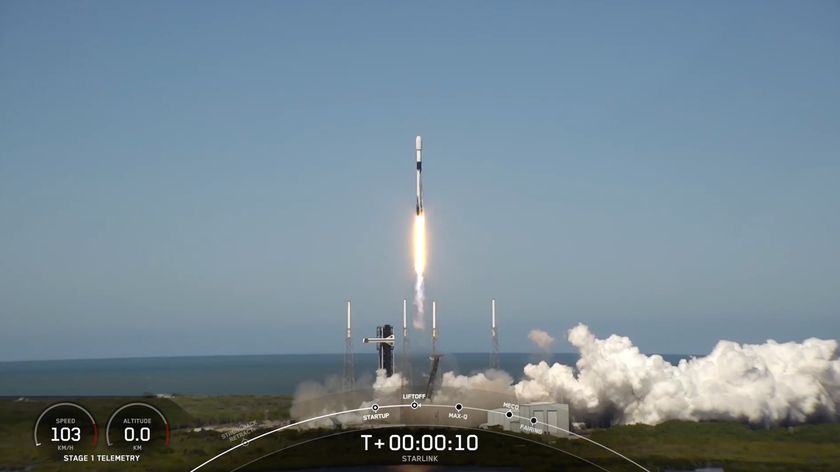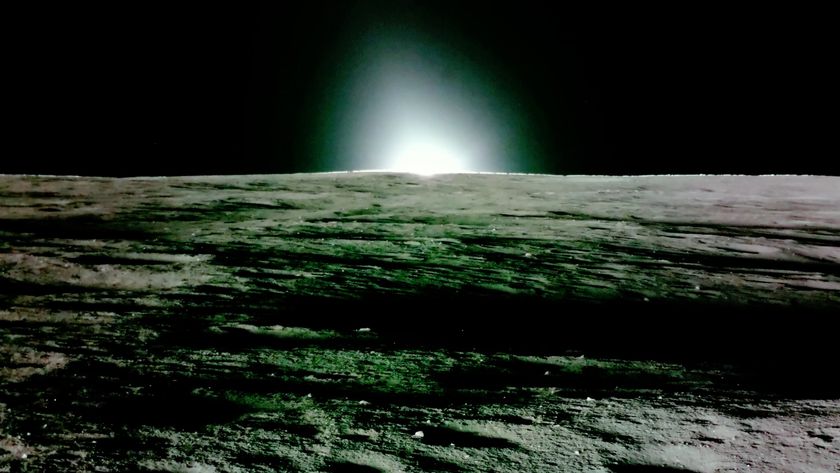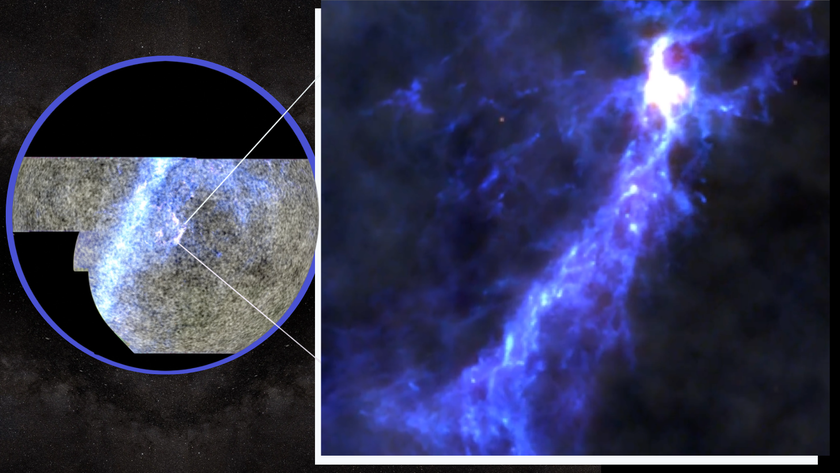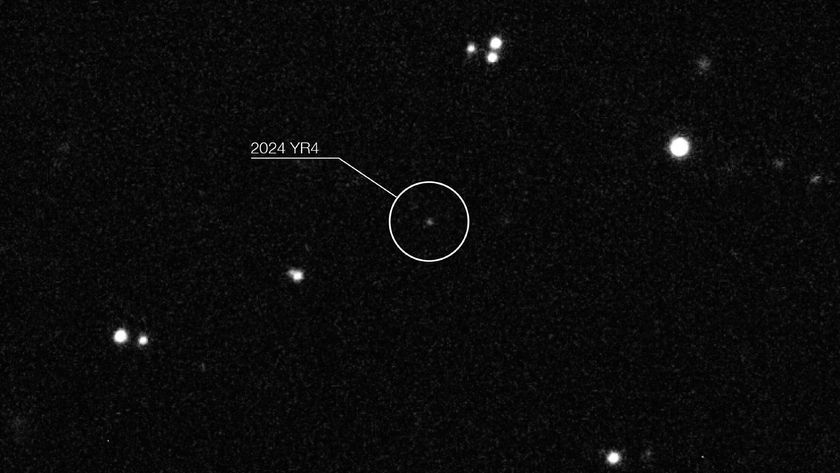Year of the Comets: 2013 May See Brightest Celestial Show in Years
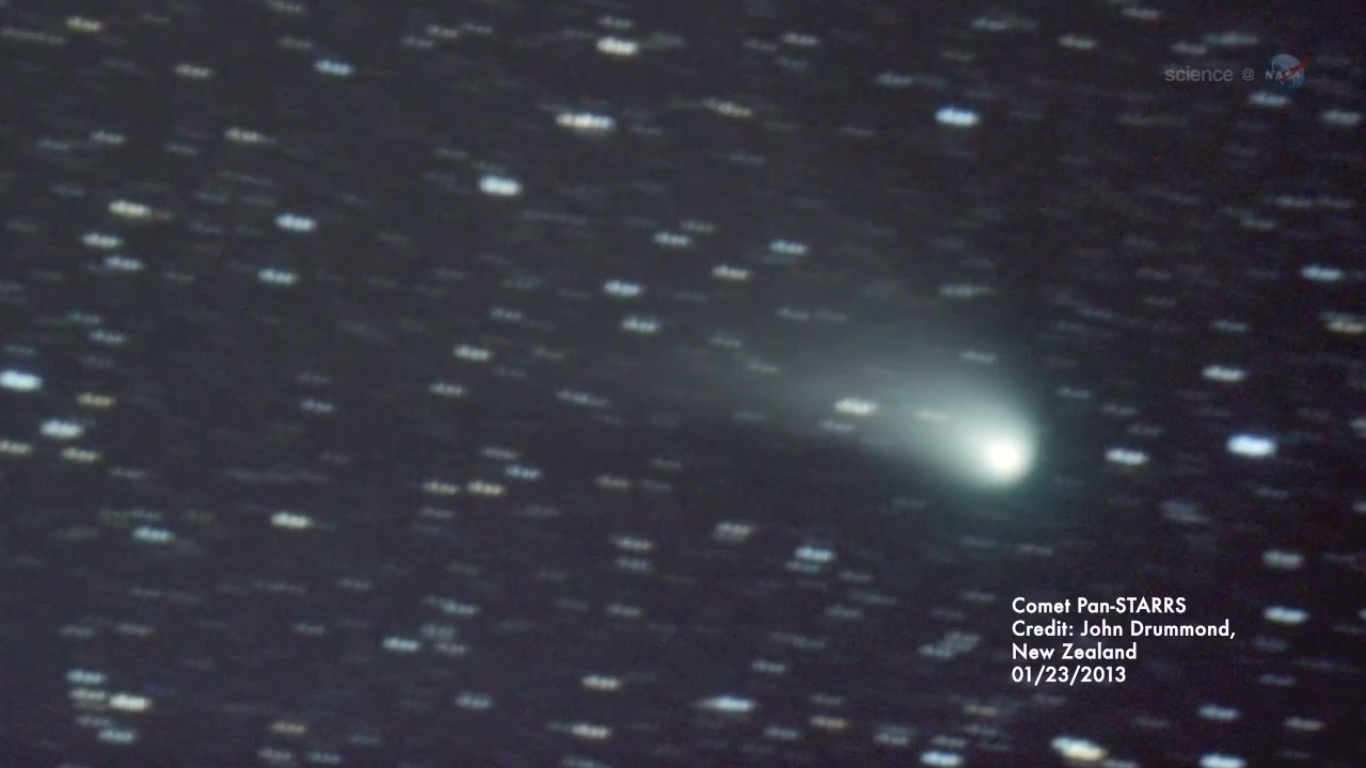
This year could be the "year of the comet," according to some astronomers keeping an eye on icy balls of gas and dust roaming through the solar system. Two comets will brighten the Northern Hemisphere in a potentially history-making fashion, with the first one coming into view this week.
"It has been 15 years-plus since Hale Bopp," Editor-in-chief of Astronomy Magazine David Eicher said of the last bright comet seen in the Northern Hemisphere. "We're overdue. We haven't had a really well-placed one in a long time."
The first comet set to give northerners a show is Comet Pan-STARRS. It will first pass into view in the Northern Hemisphere early this month, after streaking through the southern skies earlier in the year, Eicher said.
The comet makes its Northern Hemisphere appearance today (March 7) and will be at its brightest, and closest to the sun, on Sunday (March 10). Previously, it was only visible from the Southern Hemisphere, where it wowed stargazers and was even visible at the same time as another southern comet, Comet Lemmon. [How to see the comet]
Then, in November, the most anticipated comet of the year should come into view for stargazers. Comet ISON could be the brightest comet to grace the skies in memory.
"In late November, ISON should be in the morning sky," Eicher said. "It should be as bright or brighter than Venus. It could be the brightest comet that anyone alive has ever seen."
Comet Pan-STARRS may not be as impressive as ISON, but viewers can still see it with the naked eye. The comet's tail will be visible in a dark, evening sky, and it should match the brightness of Polaris, the North Star, Eicher said.
Get the Space.com Newsletter
Breaking space news, the latest updates on rocket launches, skywatching events and more!
"Go out and, in the evening sky, especially the first week of March, look to the west," Eicher said of Pan-STARRS. "It will be one of the brightest things in the sky. It will pop out. It will look like a blob, a fuzzy star, and you should be able to see a tail sticking upward from horizon."
The comet should be its brightest on March 10, but scientists aren't sure that it will brighten the way they expect, Eicher said. The ratio of dirt to ice in the comet's nucleus could affect the way the comet brightens, and scientists are not sure of Pan-STARR's exact composition, added Eicher.
Astronomers take a few different factors into account when trying to determine how bright a comet will appear from Earth. As the object's orbit brings it closer to the sun, the icy nucleus of the comet starts to melt, sloughing off gas and dirt, which creates two tails. The dirt tail is usually too dark to see, but the gas tail can create a brilliant show for those watching on the ground, Eicher said.
Both PanSTARRS and ISON are thought to come from the Oort Cloud, a mass of icy bodies orbiting the sun from up to 93 trillion miles (150 trillion km) away. Occasionally, a comet gets expelled from the cloud and finds a new orbit that brings it closer to the inner solar system.
These comets, known as "sungrazers," come so close to the sun that some of them shatter or even collide with the star. But if they survive, Eicher said, they could become some of the brightest objects in the sky. The gas trails from these comets are even more dazzling than usual because the ice in the nucleus of the comets is melting for the first time.
Astronomers are particularly excited about ISON because its orbit should bring the comet close enough to the sun and the Earth to make it one of the brightest objects in the sky come November. However, it is possible that the comet could break apart if it flies too close to the sun.
"There's no way to predict it," Eicher said of ISON. "The major factors are all favoring that it will be really bright. The tea leaves all look good, but we really aren't going to know until November. "
Editor's note: If you snap an amazing photo of Comet Pan-STARRS, Lemmon or ISON in the night sky, or any other celestial object, and you'd like to share for a possible story or image gallery, please send images and comments, including location information, to managing editor Tariq Malik at spacephotos@space.com.
David Eicher is writing a book titled "Comets: Visitors from Deep Space" that is scheduled for release later this year.
Follow Miriam Kramer on Twitter @mirikramer and Google+. Follow us @Spacedotcom, Facebook or Google+. Original article on SPACE.com.
Join our Space Forums to keep talking space on the latest missions, night sky and more! And if you have a news tip, correction or comment, let us know at: community@space.com.

Miriam Kramer joined Space.com as a Staff Writer in December 2012. Since then, she has floated in weightlessness on a zero-gravity flight, felt the pull of 4-Gs in a trainer aircraft and watched rockets soar into space from Florida and Virginia. She also served as Space.com's lead space entertainment reporter, and enjoys all aspects of space news, astronomy and commercial spaceflight. Miriam has also presented space stories during live interviews with Fox News and other TV and radio outlets. She originally hails from Knoxville, Tennessee where she and her family would take trips to dark spots on the outskirts of town to watch meteor showers every year. She loves to travel and one day hopes to see the northern lights in person. Miriam is currently a space reporter with Axios, writing the Axios Space newsletter. You can follow Miriam on Twitter.


